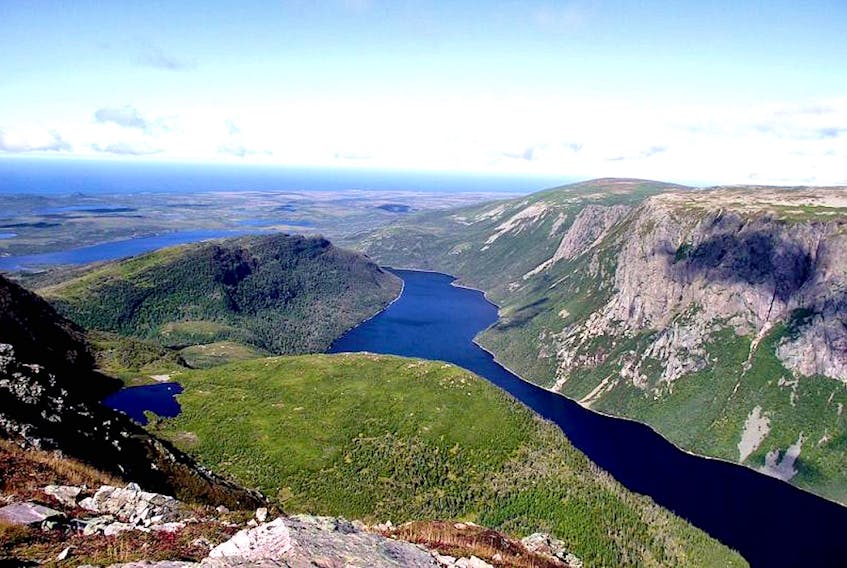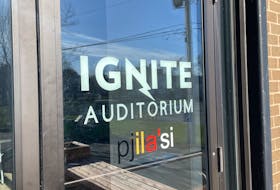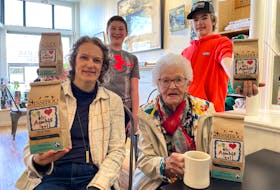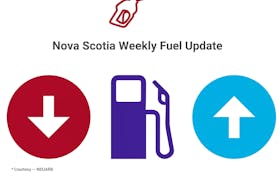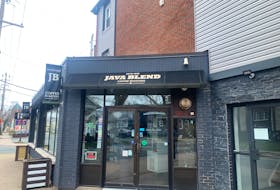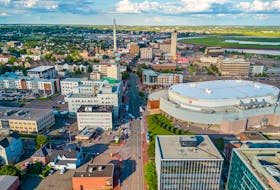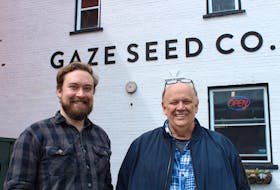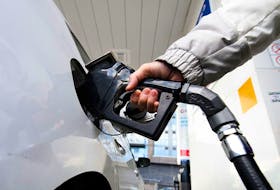Math. History. Geography.
Perhaps that represents half the daily class schedule from your time in Grade 6, but some proponents of Newfoundland and Labrador’s inclusion in any Atlantic travel bubble suggest they are also reasons why the province could particularly benefit in an exchange of regional vacationers,
“The way our people and the leadership have contributed to us successfully coming through this pandemic has given us reason for optimism, for why we can push the envelope, or at the very least to look into how we can do that within the (Atlantic) region,” said Steve Denty, chairman of the board of Hospitality Newfoundland and Labrador (HNL), the lobby group for businesses and organizations in the province's toursim sector

Todd Perrin, the chef-owner of two St. John’s restaurants, says the provincial tourism industry “is in trouble regardless."
“Can an expansion allowing travellers (from the Maritimes) be a difference-maker in surviving? Well, it certainly gives us a chance,” said Perrin. “But we need to be given a chance to get that chance to survive.
“Right now, it’s less about about whether we do it or don’t. The issue right now is that we’re not even talking about doing it, or specifically how we might be able to do it.”
The province is showing little interest in a regional bubble and it doesn’t seem like its Atlantic counterparts are expecting that to change any time soon. On Thursday, P.E.I. revealed tourism forecasts based upon a bubble including Nova Scotia and New Brunswick, but not Newfoundland and Labrador.
The Ball government is instead focusing on promoting “staycations,” coincidental with permitting intra-provincial travel — essential or not — for residents, and the upcoming move to Alert Level 3, and the opening of more businesses.
Denty and others say while business provided by staycationers will be helpful, it won’t come close to making up for the losses of Newfoundland and Labrador tourism operators this year. However, paired with permission for Maritimers to travel here at some point this summer, they say it could make the difference in whether many will survive.
That’s where geography comes in as a potential point of benefit.
But first the math, because for the Atlantic bubble pushers, it’s the simplest factor. The combined population of New Brunswick, Nova Scotia and P.E.I. — greater than 1.8 million — means there would be far more potential visitors than the 500,000 who could travel from Newfoundland and Labrador to somewhere else within an Atlantic bubble.
As for the history, it’s mostly recent history, in that while many Newfoundlanders may have already travelled to the Maritimes, if only while driving to the United States or elsewhere in Canada, they have at least spent time there. However, Newfoundland and Labrador isn’t a thoroughfare to other places. In the west-to-east consideration of the Trans-Canada Highway, St. John’s is literally the end of the road.

In other words, there have been no Maritimers passing through Newfoundland.
In fact, despite the proximity, travellers from the Maritimes have made up only about a sixth of annual visitors to Newfoundland and Labrador. But with restrictions on vacation access to the U.S. and other parts of Canada, they might be more enticed to look east across the Cabot Strait.
“There is something to that,” said Denty. “The sense I get is Newfoundland and Labrador is largely undiscovered by the rest of Atlantic Canada.
“How that would play out in terms of numbers, I’m not exactly sure. But I do think the situation means those (in the Maritimes) who have this province as a to-do item would be more likely to consider the opportunity to check that box this year … but of course only if they were permitted to come.”
On Thursday, in his fiscal update, Finance Minister Tom Osborne noted part of the challenge for provincial governments is delivery of service and maintenance of infrastructure for the half million people who inhabit the nearly 110,000 square kilometres that make up the island of Newfoundland — four times that if you include Labrador.
But many in the tourism sector see that geography as perhaps helpful in retaining Newfoundlanders and Labradorians as staycationers, even if they have the ability to travel off the island.
It takes about seven hours to drive from the population centre of the Avalon Peninsula to the west coast, meaning there are many people in the province who haven’t been to attractions such as Gros Morne National Park and the L’anse aux Meadows historic site, and may now see such trips as worthy options, and safer ones.
By comparison, it’s more likely a Prince Edward Islander has seen the greater part of his or her island — 5,700 square kilometres in size and 200 kilometres in length.
“The geographic vastness of Newfoundland and Labrador means there are many people who live here who haven’t been to places that visitors from other provinces and other countries specifically come here to see,” said Denty. “And when you travel in the province, you experience such a variety. The geographic differences from the west coast to the east coast are spectacular.
“This is a great opportunity to see our province the way that others who come here do.”
Whether there will be any of those “others” this year remains to be seen. And if they do arrive, Denty knows it will take more than an “Open for business” sign to prepare Newfoundland and Labrador for a place under an Atlantic bubble.
There would be the issue of how self-quaranting regulations would need to be adapted. As well, the Argentia ferry was recently cancelled for the season, and there has been a shutdown of regional airports such the one in Deer Lake, a main gateway for visitors to the west coast.
“Access is an issue at the best of times. So if we eventually create the demand (for outside travellers), access in terms of flight and transportation needs to be there,” said Denty. “And transportation into, and within, the province is just one issue.
“For example, you would be looking at the need for aggressive screening at entry points.
“But the fact we have those issues means we need to address then now, not just be reactive when the time comes.”

